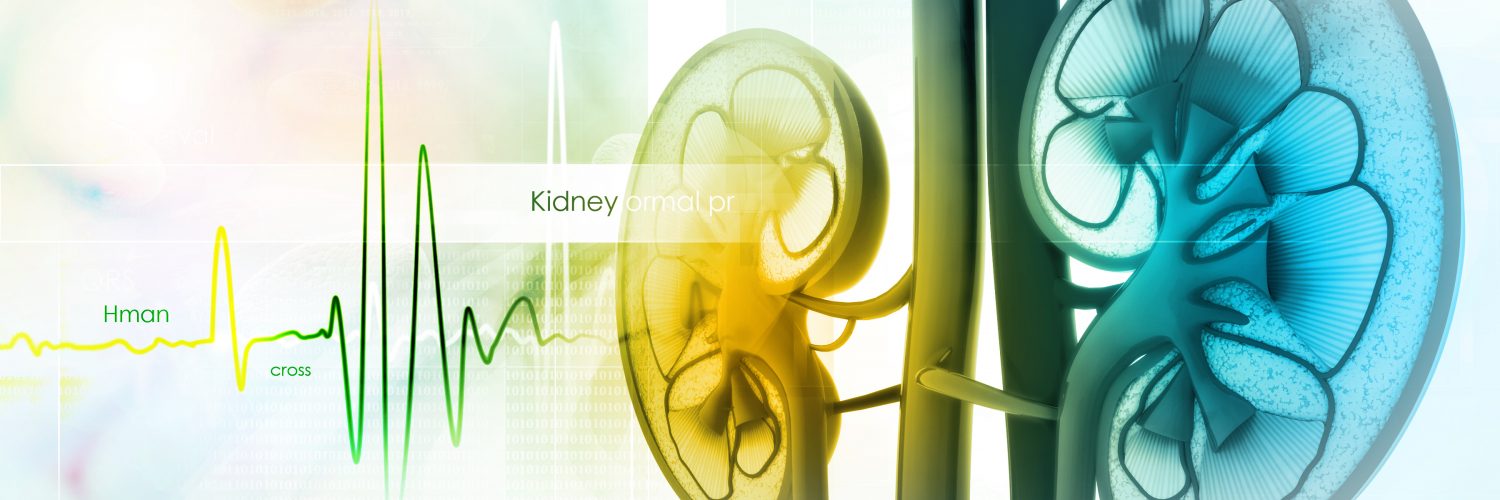Shoftim 5779
“When you besiege a city for many days to wage war against it to seize it, do not destroy its trees by swinging an axe against them, for from it you will eat, and you shall not cut it down.” (Devarim 20:19-20)
These verses are the source for the prohibition of Bal Tashchis, which is generally thought of as prohibiting the unnecessary destruction or waste of food, fruit trees, and other items. But what about Bal Tashchis of our bodies? Are there cases where one would violate this prohibition when treating our bodies in a destructive or wasteful manner?
The Poskim throughout our history have discussed this topic extensively in a wide variety of cases.
The Gemara in Maseches Shabbos (140b) cites Rav Chisda who rules[1] that if a person is able to eat coarse, cheap bread made of barley then it is Bal Tashchis for him to partake of expensive bread made of wheat! Similarly, Rav Papa says that if a person is able to drink beer (or other cheap alcoholic beverages) but chooses instead to drink wine, he transgresses the Issur of Bal Tashchis. Ultimately, the Gemara rejects their positions, because eating coarser bread or drinking cheaper beverages is worse for a person’s health and “Bal Tashchis of the body is worse (than Bal Tashchis of the food)”!
These rulings of Rav Chisda and Rav Papa are puzzling in the extreme. Why would it be Bal Tashchis to partake of more expensive food or beverages? A person surely has the right to purchase more expensive items and enjoy their added quality and taste?
It seems that a person is expected to make the most out of any items in his possession. Since all of his possessions are a gift from Hashem, he must value them greatly and not waste or fritter them away. When he is able to use his money in a more cost-effective way (such as by purchasing a cheaper item) but chooses not to do so, he has committed an act of Bal Tashchis.
Regardless, the Gemara contends that the concept of Bal Tashchis applies to the body, specifically with regard to less healthy choices of food. Though the Gemara’s examples are not particularly unhealthy foods, nevertheless, by choosing a less healthy, lower quality option, a person does commit some form of “Hashchasa”. This would be certainly be true of a high-calorie and high-fat diet (something that is all too common in Western society).
In truth, it would be possible to read this Gemara without inferring that that there is an actual concept of Bal Tashchis when it comes to the human body. The Gemara’s reference to “Bal Tashchis of the body” was only in contrast to Rav Chisda’s ruling that buying more expensive foods is considered Bal Tashchis. Since the body benefits and derives enjoyment from wheat bread and wine, the spending is justified and not Bal Tashchis. The Gemara never meant to contend that buying the cheaper items would be a transgression of Bal Tashchis of the body. However, there appear to be Rishonim who took the Gemara at face value, maintaining that there is an actual concept of Bal Tashchis of the body, as explained below.
The Mishna in Bava Kamma (90b) cites Rebbi Akiva’s ruling that it is forbidden for a person to wound himself (Chovel b’Atzmo). The Gemara (91a), however, cites a Braisa in which Rebbi Akiva rules that it is permitted. The Gemara (91b) attempts to resolve the contradiction[2] and posits that the Braisa was taught by Rebbi Elazar who holds that one who tears his clothes excessively in grief (due to the death of a loved one or relative) has violated the prohibition of Bal Tashchis. The Gemara contends that Rebbi Elazar would certainly say the same of somebody who wounded himself in grief, thus we see that his opinion is that it is forbidden for a person to wound himself in accordance with Rebbi Akiva‘s opinion in the Braisa.
However, the Gemara raises a counterargument: Perhaps Rebbi Elazar holds that excessively tearing one’s garments is considered Bal Tashchis since clothes cannot always be repaired and do not repair themselves. However, one’s body has the ability to heal itself, therefore, wounding it may not necessarily be forbidden. This attitude was exemplified by Rav Chisda who, upon encountering an area of thorns through which he needed to walk, would lift up his cloak so that it wouldn’t be damaged. Though he thereby suffered the pricks of the thorns on his legs he said “this (the body) will heal, but this (the cloak) will not heal”.
The Gemara concludes by citing the words of Rebbi Eliezer haKapar regarding a Nazir. The Torah says that at the culmination of his period of Nezirus he must bring a Korban and that he will thereby gain “atonement for his sin”. What sin did a Nazir commit for which he requires atonement? It was the sin of causing himself to suffer by abstaining from wine. And if the Torah views sternly the suffering entailed by abstaining from wine, all the more so would it consider a person who abstains from other important things as a sinner. Certainly, wounding oneself would be a sin according to Rebbi Eliezer haKapar[3].
Tosfos (ad. loc. s.v. Over Mishum Bal Tashchis) ask that the Gemara in Mo’ed Katan (24a) appears to say that it is permitted to tear a copious amount of clothing in grief, for Shmuel tore thirteen silk cloaks when Rav died. They answer that since Rav was a Torah sage, it was appropriate to tear many items of clothing when grieving for him, and it was not considered excessive. Tosfos’ discussion of the parameters of Bal Tashchis in the context of the Sugya of Chovel b’Atzmo implies that Bal Tashchis would apply to self-injurious behavior.
The Remah (cited by the Shita Mekubetzes and Tur, C.M. 420) rules that it is permitted for a person to wound himself. His proof is from the episode of Rav Chisda who lifted up his cloak and allowed the thorns to cut his skin. The fact that the Gemara concludes its discussion with that episode implies that it reflects the Halacha. The Piskey Riaz (s.v. V’i concludes similarly).
However, the Rambam (Hilchos Rotzeach uShemiras haNefesh 11:4) rules that the Halacha is in accordance with Rebbi Eliezer haKapar that it is forbidden for a person to wound himself. His source is the Pasuk that states “beware for yourself, and guard your soul” (Devarim 4:9) which obligates a person to remove anything that is dangerous from his vicinity. The Rambam then adds (11:5 ibid.) that there were many things that the Chachamim forbade because they were dangerous. A person does not have the right to say “I will endanger myself and it is nobody else’s business”, in fact the Chachamim will give him lashes for acting in this way.
Is there a Nafka Mina (practical difference) between the opinion of Tosfos (that the prohibition to injure oneself is included in Bal Tashchis) and that of the Rambam (that it stems from the Mitzva to guard the body from injury)? Perhaps the Nafka Mina would be the case of a person who injures himself in a manner that will heal. Rav Chisda explained his curious behavior of lifting his garments before walking through a thorny patch on the basis of the body’s ability to heal itself, unlike garments that do not heal themselves. This is easier to understand if the prohibition stems from Bal Tashchis, since it cannot be considered an act of “Hashchasa” if the wound will heal. If, however, it stems from the obligation to guard the body from harm, it should be forbidden even though it will heal (unless it is certain that the wound will not cause him any harm at all in which case there may be room for leniency).
In this regard, the Poskim discuss whether there would be any issue of Chovel b’Atzmo when donating blood, bone marrow, or even a kidney. Donating blood causes a person no ill effects and may even have medical benefits, so it is easily classified as a non-Chavala and is permitted. However, donating a kidney requires a surgical procedure that causes an actual wound to the body, renders the donor a Treifah from an Halachic standpoint, and has more than minimal risk.
The Prisha (C.M. 420:21) contends that according to those who hold that the prohibition of Chovel b’Atzmo is based upon Bal Tashchis, one can distinguish between a wound that will heal (which would not be considered Hashchasa) and amputation of a limb which would not regrow. If the prohibition is based on a person’s obligation to protect his body from harm, the main consideration is whether there is any danger or risk to the patient[4]. Therefore, with regard to donation of a kidney, if the issue is solely the donor’s obligation to protect his own body, the question would revolve around only whether he is placing himself at risk. However, if the prohibition to harm oneself is due to Bal Tashchis, the issues are far more complex.
As we mentioned earlier, kidney donation certainly entails Chavala and removal of an organ that will not regenerate, and we have already seen that an act can be considered Hashchasa even if it doesn’t cause actual or significant harm. On the other hand, the kidney that he donates will actually save the recipient’s life. If we view the donor and the recipient simultaneously, there will be a net improvement to the quality of life as a direct result of the kidney donation and transplant. Therefore, many Acharonim argue that the act cannot be considered Hashchasa, for although the donor’s body has been undeniably damaged, the benefit to the receiver is so great that it outweighs any concerns of Bal Tashchis.
This essay is obviously meant only meant to provoke discussion and thought, and is not intended to present Halachic guidance or rulings.
[1] The Maharsh”a (ad. loc.) proves that Rav Chisda was presenting a Halachic ruling and not merely good advice.
[2] See Tosfos (ad. loc. s.v. Ela tana’i hi) who explains that the Gemara means to say that this is trei tana’i aliba d’Rebbi Akiva
[3] Tosfos (ad. loc. s.v. Ela hai tana) add that it is forbidden even when one has a need to do so.
[4] Generally, there are minimal long-term risks to kidney donation and studies show that overall life expectancy is the same for kidney donors as for similarly matched people in the general population. See https://www.mayoclinic.org/tests-procedures/living-donor-transplant/about/pac-20384787, accessed September 5, 2019.










Add comment